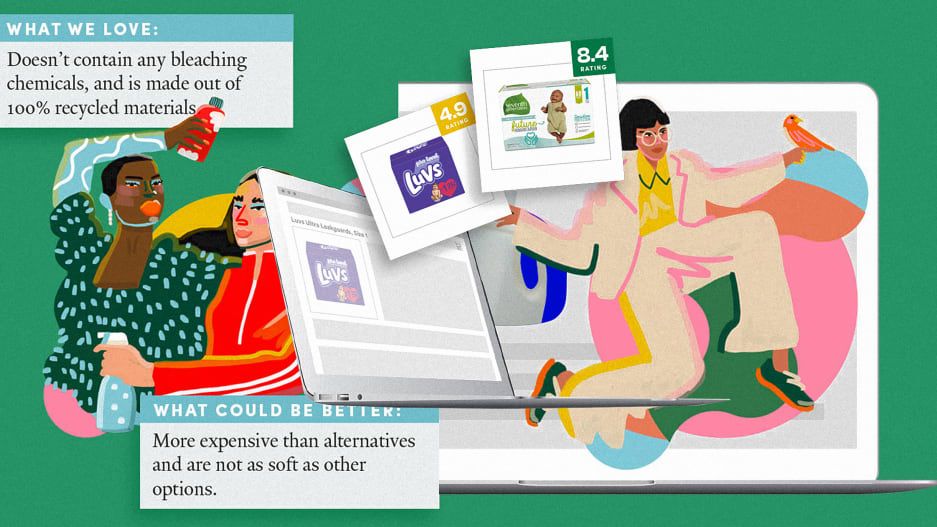🧠 Artificial Intelligence
Artificial intelligence (AI) helps doctors make better diagnoses, scientists create new materials, farmers grow crops more effectively and all of us driving cars - and millions of other applications. This topic also covers subsets of AI such as machine learning (ML), deep learning and neural networks.
💡 Optimist's Edge: Can you tell the difference between AI and human writing?
49 percent think they could tell the difference between a text written by a computer and a human, according to our survey. Do you think you could?
🌌Scientists has solved a star-formation mystery
In some galaxies, stars form at a much slower rate than others. Why this is the case has eluded researchers for 20 years. Now we have the answer, thanks to a research team from Cambridge University, among others.
🧠 A small company beats Elon Musk in the brain-chip race
Neurlink is not the only company trying to merge the man with the machine. Synchron has now got approved by FDA to implant its "brain-computer interface" on patients with severe paralysis, for an early feasibility study.
🧬DeepMind plans to releases a database with all known proteins in the world
DeepMind has created an AI that can predict the shape of a protein with the accuracy of a fraction of an atomic width. The company now provides access to the shape of millions of proteins in an open database.
♟️ Why game theory matters in machine learning
Innovation is often made when borrowing solutions and ways of thinking from other fields. This is what researchers at DeepMind have done as they have applied Game Theory to machine learning.
⚛️ The potential of deep potential
A group of scientists has dramatically improved the way of simulating the evolution of systems of molecules over time. The new method is based on machine learning.
🔥 AI system spots wildfires immediately
This new AI system can spot wildfires before humans, and thus help prevent the great harm a wildfire can cause.
🌌AI discovers "bridges" of dark matter
An important key to understanding dark matter is to get a map of how it is distributed in the universe. Now, researchers from the United States and Korea have created a map that has revealed new information about how the invisible matter is spread.
🛒 Browser extension helps you make green choices
This new browser extension uses machine learning to help you choose Amazon products based on their sustainability.








